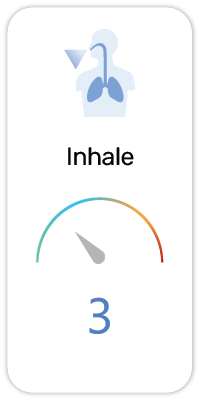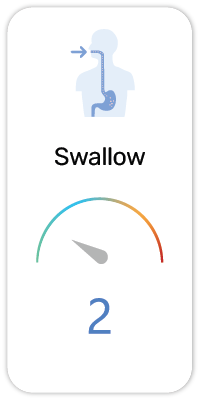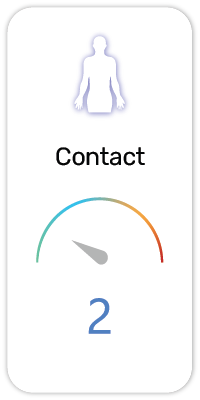Lactic Acid(in 10,930 products)
Potential Risk Index®:
About:
Functions:
1. Anti-aging - Prevents or slows aging, and causes the skin to appear more youthful
2. Antioxidant - Reduces oxidation to prevent the formation of free radicals which may be harmful to health.
3. Exfoliant - Removes dead cells at the surface of the skin
4. Experimental / Patented - Relatively new ingredient with limited data available
5. Preservative - Prevents and inhibits the growth of unwanted microorganisms which may be harmful
6. Skin Whitening Agent - Reduces the melanin content of the skin
Lactic Acid is an alpha-hydroxy acid (AHA) that is commonly used in skincare products for its ability to exfoliate the skin and improve its texture and appearance. It is derived from milk and other dairy products and has a larger molecular size than other AHAs, which makes it a gentler option for those with sensitive skin.
Lactic Acid works by breaking down the bonds between dead skin cells, which helps to remove them from the surface of the skin. This process helps to unclog pores, improve skin texture, and reduce the appearance of fine lines and wrinkles. Lactic Acid can also help to stimulate collagen production in the skin, which can help to improve the skin's elasticity and firmness.
Recent studies have suggested that Lactic Acid may also have brightening and hydrating benefits for the skin. It works by inhibiting the production of melanin, which is the pigment that gives our skin its color, and can also help to improve the skin's natural moisture barrier.
Overall, Lactic Acid is a safe and effective ingredient that can provide many benefits for the skin. However, it's important to use products containing Lactic Acid as directed and to start with a lower concentration if you have never used it before, and to wear sunscreen to protect the skin from damage.
It is approved to use as food additive in EU. In US, it is generally recognized as safe food substance.
Warning: Do not use in the presence of UV light (including sun exposure).
Scientific References:
1. PubChem: https://pubchem.ncbi.nlm.nih.gov/compound/612
Regulatory References:
1. CANADA INGREDIENT HOTLIST, List of Ingredients that are Restricted for Use in Cosmetic Products [2019]
- Alpha-hydroxy acids
2. Association of Southeast Asian Nations Annex III - Part 2, Allowed
- Glycolic and lactic acid, their common salts and simple esters
3. US FDA Food Additives Status List [2018]
- Lactic acid
4. EU Approved Food Additive [2018]
- E270
5. Japan’s List of Designated Food Additives under Article 10 of the Food Sanitation Act
- Lactic Acid
6. Canada List of Permitted Food Additives
- List 8 - Lactococcus lactis DSM 11037
7. Hong Kong Consumer Council
- Lactic Acid
8. US FDA Generally Recognized As Safe (GRAS) Food Substances (21 CFR 184) [2017]
- § 184.1061 - Lactic acid
Safety and Hazards (UN GHS):
1. Causes skin irritation (H315)
2. Causes serious eye damage (H318)
Potential Health Concerns For:
1. Acidosis (PubMed ID:18406487)
2. Acidosis, Lactic (PubMed ID:11356440)
3. Confusion (PubMed ID:11356440)
4. Depressive Disorder (PubMed ID:24008352)
5. Diabetes Mellitus, Type 2 (PubMed ID:27094034)
6. Eye Injuries (PubMed ID:33358762)
7. Infarction, Middle Cerebral Artery (PubMed ID:26079057)
8. Liver Failure, Acute (PubMed ID:16750869)
9. Muscular Diseases (PubMed ID:8147937)
10. Myocardial Ischemia (PubMed ID:3812268)
11. Neurotoxicity Syndromes (PubMed ID:12700465)
12. Pain (PubMed ID:24008352)
13. Panic Disorder (PubMed ID:3341469)
14. Peripheral Nervous System Diseases (PubMed ID:12700465)
15. Pruritus (PubMed ID:30851411)
16. Seizures (PubMed ID:10828528)
17. Urticaria (PubMed ID:9506221)
Potential Health Benefits For:
1. Anxiety Disorders (PubMed ID:29643356)
2. Drug-Related Side Effects and Adverse Reactions (PubMed ID:10078349)
3. Manganese Poisoning (PubMed ID:21940818)
User Comments:
Submit








